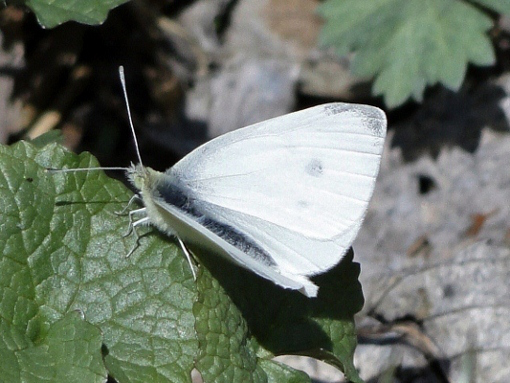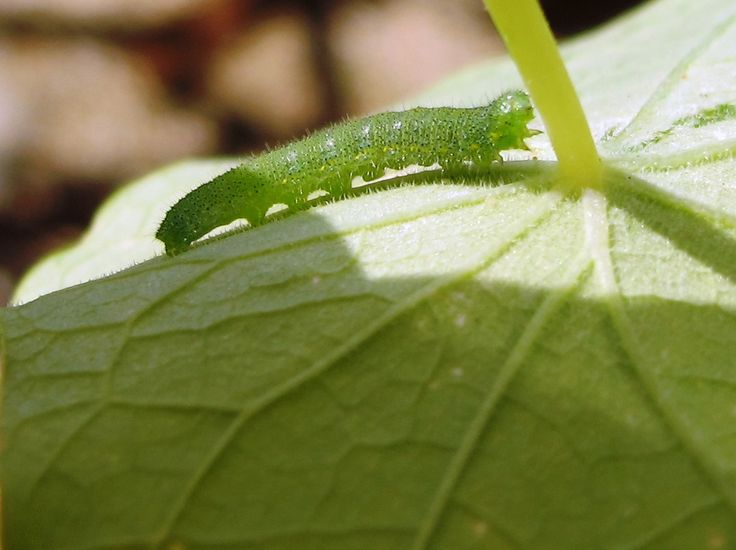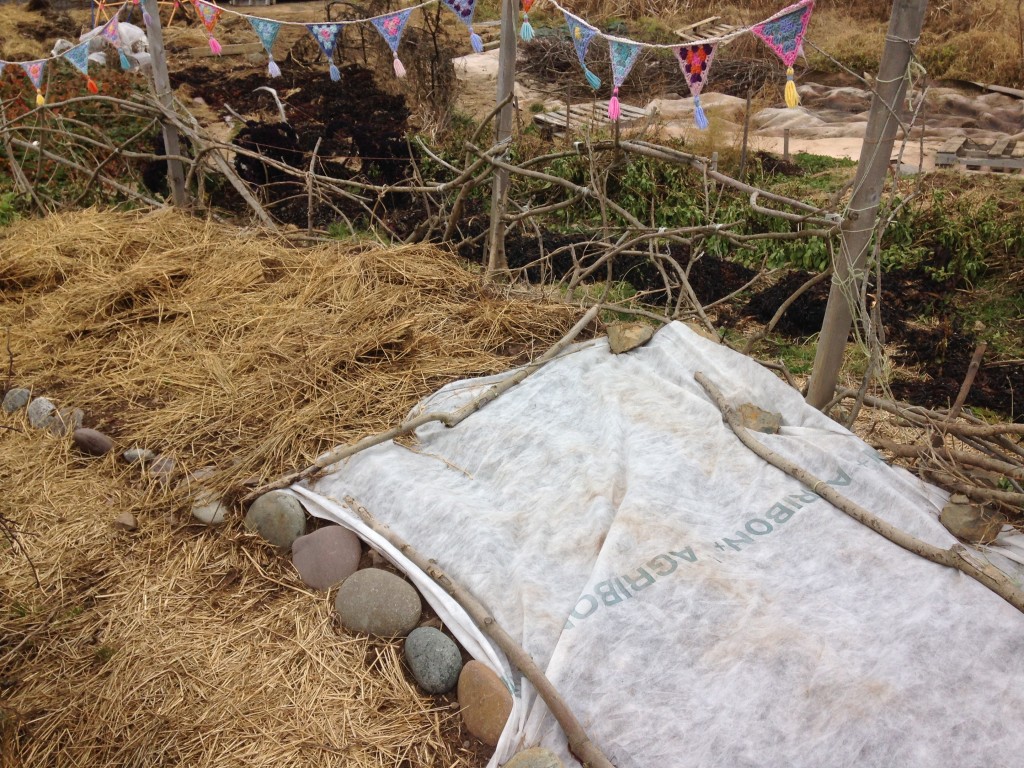We are getting our seeds out of storage and setting up the light racks to begin this year’s Brassica crops. Yeah! Cabbages, Kale, Brussel Sprouts, Radishes, Turnips and Mustards, pretty Bok Choy, ferny Mizuna, otherworldly Kohlrabi and chunky Collard Greens.
All of these plants are in the same family and all of them suffer from the same pests and diseases. Sigh. Let’s talk about Cabbage worms for a bit shall we?
The Cabbage white moth… otherwise known, around this Garden, as “Satan’s Butterflies”. These are the pretty, gauzy and fluttery bits of pure evil that lay their nasty little eggs on the underside of our all of Brassica plant leaves.
These eggs hatch into voracious green caterpillars and they can decimate even a really healthy crop in days (they are also excellent at camouflage and often persist even after vigorous sessions of Vegetable washing). We may have a bit of a hate-on going on. Yup.
I have to laugh whenever I read advice that states that… “Cabbage whites are very easy to control – Simply pluck offending eggs and stray caterpillars regularly” Ha! as if… A few hundred Brassica plants will keep you plucking bugs from the crack of dawn until you find yourself curled up in a fetal position from the complete and utter futility. So then, what do we do? We cannot just live with the damage. As much as we love our natural and Organic growing methods we just cannot bring excessively hole-riddled produce to market. Control it is then.
Early season plantings are much less affected in this part of the world and can usually manage with no intervention. Good and Fine.
Mid and late season plantings will need some form of intervention unless you do not mind a little added protein with your very holey Greens. If you grow a very few plants you can, actually, pluck the eggs before they hatch but you must check – Every, Single, Leaf – Every, Single, Day. A bit tedious and likely to be a forgotten chore just long enough for the little chompers to hatch out.
The simple but not particularly aesthetic solution that we favour is crop row covers. This can be purchased Agribon or Reemay fabric but even salvaged screen or old net curtains will work. You are creating a barrier that keeps the eggs off your plants. There are a few drawbacks to using fabric. It is a bit on the ugly side and it can overheat or dry out seedlings if there is a really warm spell. Row covers also make it more difficult to observe the condition of your plants and it creates the extra steps of uncovering and recovering at each harvest. For all this fuss it does seem to be the best thing we can do to avoid having lacey Kale or alarming little green worms in the Cauliflowers.
This photo is the only one we have of an area covered with Agribon – it turns out that when photos are taken we tend to crop out the less than lovely areas that are safe-guarded with the nifty and “oh so white” crop cover – Ah the vanity.
Some Gardeners have success with repellant sprays made from Garlic or hot Peppers. We don’t go that route to protect the habitat of our beneficial insects and also because a stinky Garlic Garden is, somehow, not quite as much fun. But your mileage may vary.
Another control is BT. This is an Organic control that contains Bacillus Thuringiensis, a bacterial pathogen that can be used for biological control over a range of plant-eating larvae. It is very widely applied by Organic growers but we do not use it here, in part, because we simply cannot afford it and because it needs frequent applications to be effective.
For this little Market Garden it is a general “Nope” to most purchased solutions. Agribon or Reemay cloth is an exception to this because it lasts for many years and because it “does no harm” it does not destroy beneficials and it does not unbalance our growing system. It feels like a bit of a struggle to try to use sustainable methods and then to make the choice to use plastic and other potentially non-biodegradable objects. Still working on that, I suppose.
Coming up soon we will write about Root Maggots. We really despise Root maggots. Our last growing season was like a Biblical plague of Root Maggots. So glamorous around here isn’t it?
2



